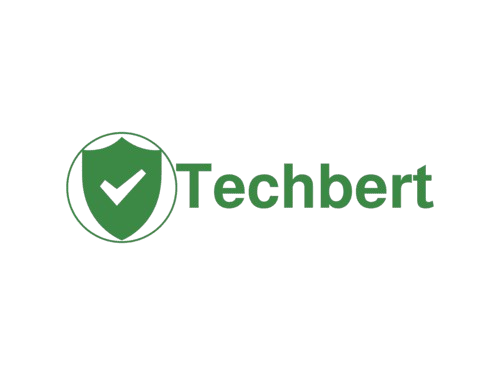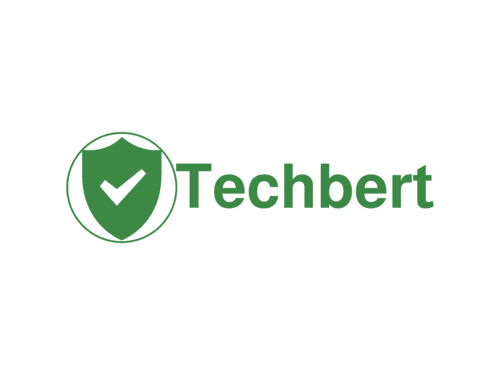🚀
For decades, passwords have been the gatekeepers of digital security. From accessing email accounts to banking portals, passwords have been the primary method of authentication. However, with the rise of cyber threats, credential stuffing attacks, and password leaks, it’s time to acknowledge a hard truth: The password is dead. Enter Multi-Factor Authentication (MFA)—the security revolution that makes hacking exponentially harder.
The Problem with Passwords
While passwords have long been the standard for securing online accounts, they come with significant flaws:
- Weak Passwords – Many users create simple, easy-to-guess passwords like “123456” or “password123.”
- Reused Credentials – Users often recycle the same passwords across multiple accounts, increasing vulnerability.
- Phishing Attacks – Cybercriminals trick users into revealing their passwords through fake websites or emails.
- Brute Force & Credential Stuffing – Automated tools can guess or test large numbers of stolen credentials in seconds.
- Data Breaches – Even strong passwords are at risk when large organizations suffer breaches, exposing millions of credentials.
With these limitations, passwords alone are no longer enough to protect sensitive data.
What is Multi-Factor Authentication (MFA)?
MFA is a security mechanism that requires users to provide at least two forms of authentication before accessing their accounts. This ensures that even if a hacker steals your password, they still need additional proof to log in.
MFA typically relies on three categories:
- Something You Know – A password, PIN, or security question.
- Something You Have – A smartphone, security key, or smart card.
- Something You Are – Biometric authentication like fingerprint or facial recognition.
By requiring a combination of these factors, MFA dramatically reduces the chances of unauthorized access.
How MFA Works in Practice
1. SMS or Email-Based OTP (One-Time Passwords)
- A temporary code is sent via SMS or email.
- The user enters the code to verify identity.
- Pros: Easy to set up, minimal technical knowledge required.
- Cons: Susceptible to SIM-swapping and email hacks.
2. Authenticator Apps (Google Authenticator, Microsoft Authenticator)
- Apps generate time-sensitive codes that users enter during login.
- Pros: More secure than SMS-based OTPs.
- Cons: Requires a smartphone and app installation.
3. Hardware Security Keys (YubiKey, Titan Security Key)
- A physical key that must be plugged into a device or used via NFC.
- Pros: Extremely secure, resistant to phishing attacks.
- Cons: Can be lost or misplaced.
4. Biometric Authentication (Face ID, Fingerprint Scan, Voice Recognition)
- Uses a user’s unique biological traits to authenticate.
- Pros: Convenient and highly secure.
- Cons: Requires compatible hardware and may raise privacy concerns.
Why MFA is the Future of Security
1. Drastically Reduces Data Breaches
According to Microsoft, MFA prevents 99.9% of automated cyberattacks. Even if a password is compromised, additional authentication factors block unauthorized access.
2. Meets Compliance & Regulatory Requirements
Many industries, including healthcare (HIPAA), finance (PCI-DSS), and government agencies, mandate MFA to protect sensitive information.
3. Enhances User Trust & Confidence
Organizations that implement MFA reassure users that their data is protected, strengthening brand reputation.
4. Reduces IT Support Costs
With fewer password resets and account recovery requests, IT departments save time and resources.
How to Implement MFA
For Businesses:
- Enforce MFA for all employee accounts, especially for cloud services (Microsoft Entra ID, Okta, Google Workspace).
- Use hardware security keys for critical access accounts.
- Train employees on phishing awareness and security best practices.
For Individuals:
- Enable MFA on email, social media, and banking accounts.
- Use an authenticator app instead of SMS-based OTPs.
- Store backup codes in a secure location.
Conclusion: Passwords Are Not Enough
Cyber threats are evolving, and relying solely on passwords is no longer a viable security strategy. Multi-Factor Authentication (MFA) is a simple yet powerful tool to fortify online security and prevent unauthorized access. The future is passwordless, and MFA is the first step toward that evolution.
Are you ready to upgrade your security? Start enabling MFA today and take control of your digital identity!

